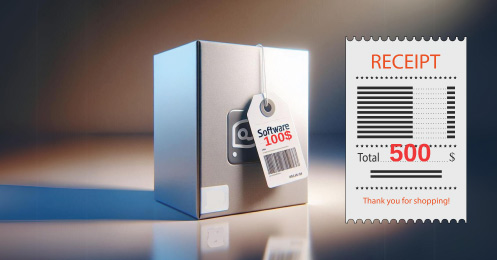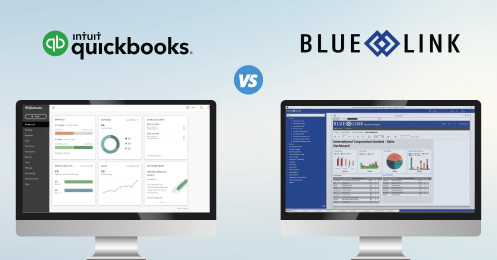Halloween is fast approaching, soon after is Christmas then New Year, and we all know how hectic things get towards the holiday season. People are shopping, whether in person or online and most businesses see an increase in sales. But it’s not just at the end of the year that businesses see a pickup. Depending on the industry you belong to, you may see an increase during Mother’s and/or Father’s Day, at the beginning of the summer season or anytime during the year that reflects a “holiday”. As a wholesale distributor, you’ll need to be prepared for the influx of orders and your seasonal inventory must be controlled.
What is Seasonal Inventory?
Seasonal inventory refers to the product that is in high demand during certain times of the year. For example, an ice skate distributor and gardening tool distributor will receive seasonal ordering at different times of the year but they can both use an ERP software solution like Blue Link to assist with the allocation of their advanced sales orders. A lot of small distributors are using a starter solution such as QuickBooks and find that when they input a sales order, their current inventory automatically gets allocated, no matter when the order is to be processed and shipped. This is a hassle if you receive hundreds of pre-booked orders and you don’t want to automatically allocate inventory. With ERP Software, seasonal ordering and managing that inventory is a breeze!
Let’s look at an example and use the ice skate reference above. In North America, the public ice-skating season takes place in the winter months (November-February) but a distributor may attend a tradeshow in March in order to make some advanced sales for later in the year. Let’s say that you currently have 200 ice skates in your inventory. Then, you attend the trade show and receive a couple of sales orders that total 400 ice skates but, none of your customers want them delivered until mid-September so they can stock their shelves before people come in to purchase skates for the winter. Now that the tradeshow is over, you’ll want to input those orders into your system back at the office. Unfortunately, if you’re using a starter accounting solution like QuickBooks, the system will automatically allocate your current inventory to that sales order whether the processing and delivery of the order are set for next week or 6 months down the road. ERP software on the other hand will allow you to create the sales order and instead of allocating the inventory, you can put the products on backorder. Then, you can create a purchase order for the product you have on backorder. This way, the sales orders from the tradeshow are inputted into your system, you’ll have the correct number of products on its way to you and your current inventory is untouched and ready to be sold to an order that will be processed earlier than the tradeshow orders. With Blue Link ERP, once you put a certain amount of product on backorder, the system will suggest to you how many to purchase as a result of how many are on backorder – so that you always have enough inventory on hand.
QuickBooks vs. ERP
We’ve compared QuickBooks to ERP before but if managing seasonal inventory is important to your business, you may want to rethink QuickBooks as your chosen solution. As mentioned above, when entering a sales order – no matter when it is to be delivered – QuickBooks will automatically allocate whatever inventory you currently have to that sales order. ERP software is an all-in-one solution that will not only assist with your seasonal inventory but it will also help with managing your accounting, track landed costs, contact management amongst other functionality.
Download our QuickBooks Replacement Guide to learn how switching to ERP software can help you streamline your processes and manage seasonal inventory.










